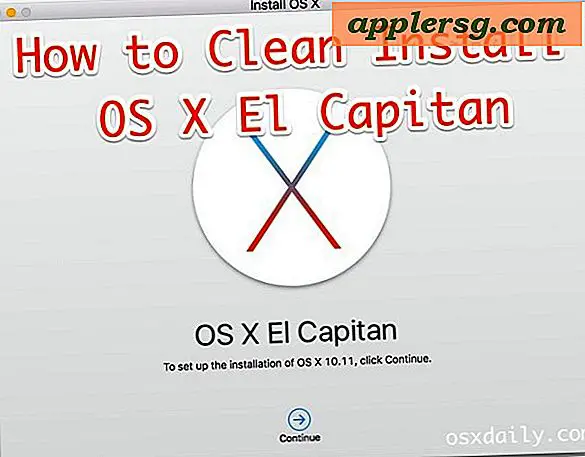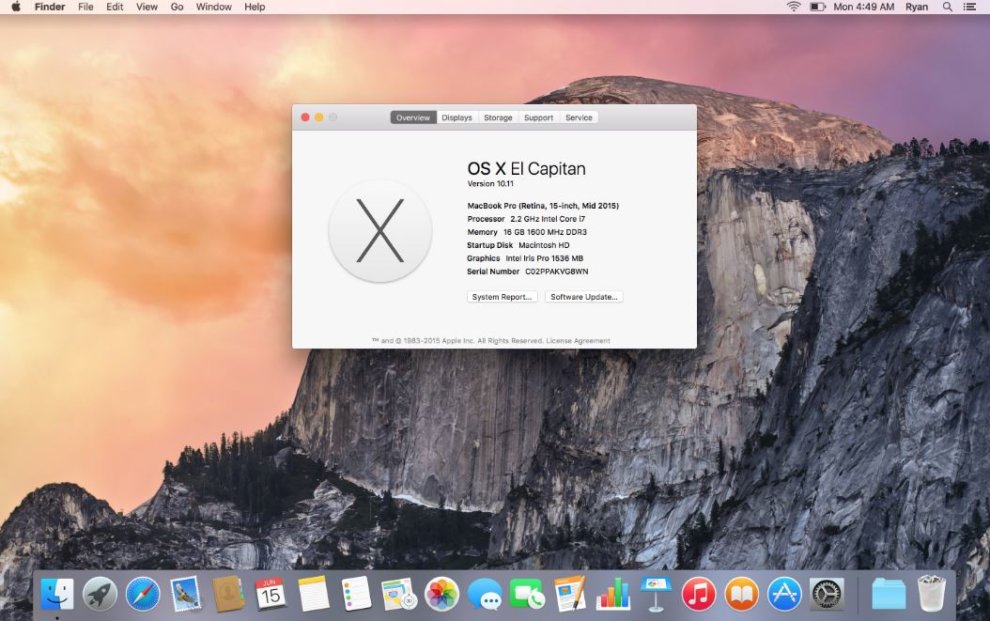- Install El Capitan
- Download El Capitan Installer App
- Fresh Install El Capitan
- Install El Capitan Vmware
- Install El Capitan From Usb
- Install El Capitan Dmg
Feb 05, 2018 If you are looking forward to install the same then just follow the links mentioned below and choose the El Capitan ISO version you want to save and install. Download Mac OS El Capitan ISO here:-Mac OS X El Capitan DMG File – Click here to Start Download Mac OS X 10.11 El Capitan Updates Setup Files – Click here to Start Download. Click the El Capitan icon and press the download button. The download could take some time depending on the speed of your internet connection, so while you're waiting, open a browser window,. Official OS X El Capitan Installer from the Mac App Store. Un-archive the zip archive and you will get the app Installer. A bootable ISO or bootable USB can be made from this installer. Instructions on how to do that are on the Internet/Youtube.
Install El Capitan

Download El Capitan Installer App
On this page:
If you are looking forward to install the same then just follow the links mentioned below and choose the El Capitan ISO version you want to save and install. Download Mac OS El Capitan ISO here:-Mac OS X El Capitan DMG File – Click here to Start Download Mac OS X 10.11 El Capitan Updates Setup Files – Click here to Start Download. El Capitan disk has an embbed security certificate that has expired in 2016. Just change your system date, let's say to, install El Capitan, then change the date back to today. MacBook Pro 15' Unibody Mid 2009.

Fresh Install El Capitan
- Reinstall El Capitan on a computer alreadyrunning it
Upgrade from previous versions to OS X 10.11 (El Capitan)
- From the Apple menu, select App Store....
- When the App Store opens, search for and download El Capitan. If you don't already have an Apple ID, you'll need to create one. You can monitor the download process in the 'Purchased' section of the App Store.
- Once the download is complete, the installer should automatically open.
If it doesn't, or you don't want to complete the installation at this time, you can come back later and double-click Install OS X El Capitan in your
Applicationsfolder.Within the installer, click Continue, agree to the license agreement, and then choose the disk where you want to install El Capitan.
After you begin the installation, your computer may need to restart more than once before finishing, and then you may be asked to enter basic information.
- From the Apple menu, select App Store..., and then install any available updates.
Reinstall El Capitan on a computer already running it
Install El Capitan Vmware

Reinstall while keeping files, applications, and settings
- Restart your computer, and immediately hold down
command-runtil the gray Apple logo appears. - If prompted, select your main language and then click the arrow.
- Click Reinstall OS X, and then Continue. Follow the instructions on the screen, and then choose your hard disk. Click Install, and enter your Apple ID information if prompted.
- When the installation is complete, select App Store... from the Apple menu, and install any available updates.
Install El Capitan From Usb
Reinstall while erasing everything on your computer


Install El Capitan Dmg
Restart your computer, and immediately hold down
command-runtil the gray Apple logo appears.- If you see a screen asking you to select your main language, choose it, and then click the arrow.
- Click Disk Utility, and then Continue.
- In Disk Utility:
- Click your hard disk in the left column, and then click the Erase tab.
- Next to 'Format:', make sure OS X Extended (Journaled) is selected. In the 'Name:' field, give your disk a name. Click Erase.
- Once it's completed, quit Disk Utility.
- Click Reinstall OS X, and then Continue:
- Follow the instructions on the screen, and then choose your hard disk.
- Click Install. If prompted, enter your Apple ID information.
- Once the installation is complete, you'll be asked to enter basic information, and have the option to transfer data from another computer or backup.
- From the Apple menu, select App Store, and then install any available updates.